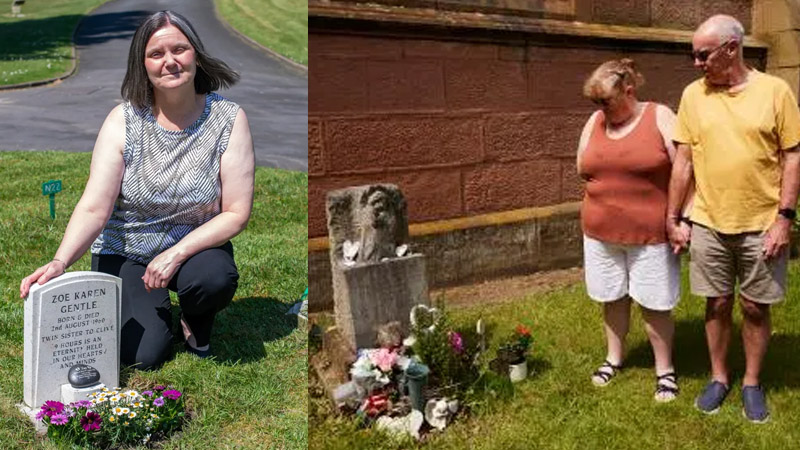
Retired Nurse’s Mission to Uncover Forgotten Graves of Stillborn Babies in Annandale
Share0In the quiet town of Annandale, nestled among the rolling hills of northern Scotland, a heartwarming mission unfolds. Margaret MacKenzie, a retired nurse, dedicates her golden years to an extraordinary cause: locating the forgotten graves of stillborn babies. Her journey is driven by compassion and a deep understanding of the grief parents endure, providing closure to families who have long sought the truth about their lost children.
According to The Guardian News Margaret’s calling began five years ago, following her retirement from a fulfilling nursing career. Her inspiration came from a chance encounter with an elderly woman at a local history event. The woman recounted how, as a young mother, she was never told where her stillborn son was buried. This haunting story resonated with Margaret, stirring a powerful sense of injustice and a determination to make a difference.
Armed with a notebook, a laptop, and an indefatigable spirit, Margaret embarked on a quest that would see her traversing graveyards, poring over old records, and connecting with bereaved families. Her work involves meticulous research and often feels like piecing together a delicate jigsaw puzzle. Many of the records she examines are decades old, and finding accurate information can be akin to finding a needle in a haystack. Yet, Margaret persists, driven by the hope of bringing peace to those who have suffered in silence for too long.
One of her earliest successes came with the case of the Thompson family. Mary Thompson, now in her seventies, had long wondered about the final resting place of her twin daughters, born stillborn in the 1960s. Margaret’s research led her to an unmarked plot in a local cemetery, confirming that the twins were buried in a communal grave with other infants. The discovery, though bittersweet, allowed Mary to visit the site, lay flowers, and finally grieve properly for her lost children.
The impact of Margaret’s work extends beyond providing closure. It sheds light on the often-overlooked history of stillborn burials, particularly from times when societal attitudes toward infant loss were markedly different. In the mid-20th century, it was not uncommon for stillborn babies to be buried without ceremony, and parents were rarely informed of the details. Margaret’s efforts are a poignant reminder of the need for empathy and openness in dealing with such profound loss.
Margaret’s tireless dedication has not gone unnoticed. She has received letters of gratitude from families across the UK and has been invited to speak at various genealogical and historical societies. Her story has also sparked a broader conversation about how we remember and honor those who were lost before they had a chance to live.
